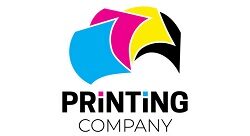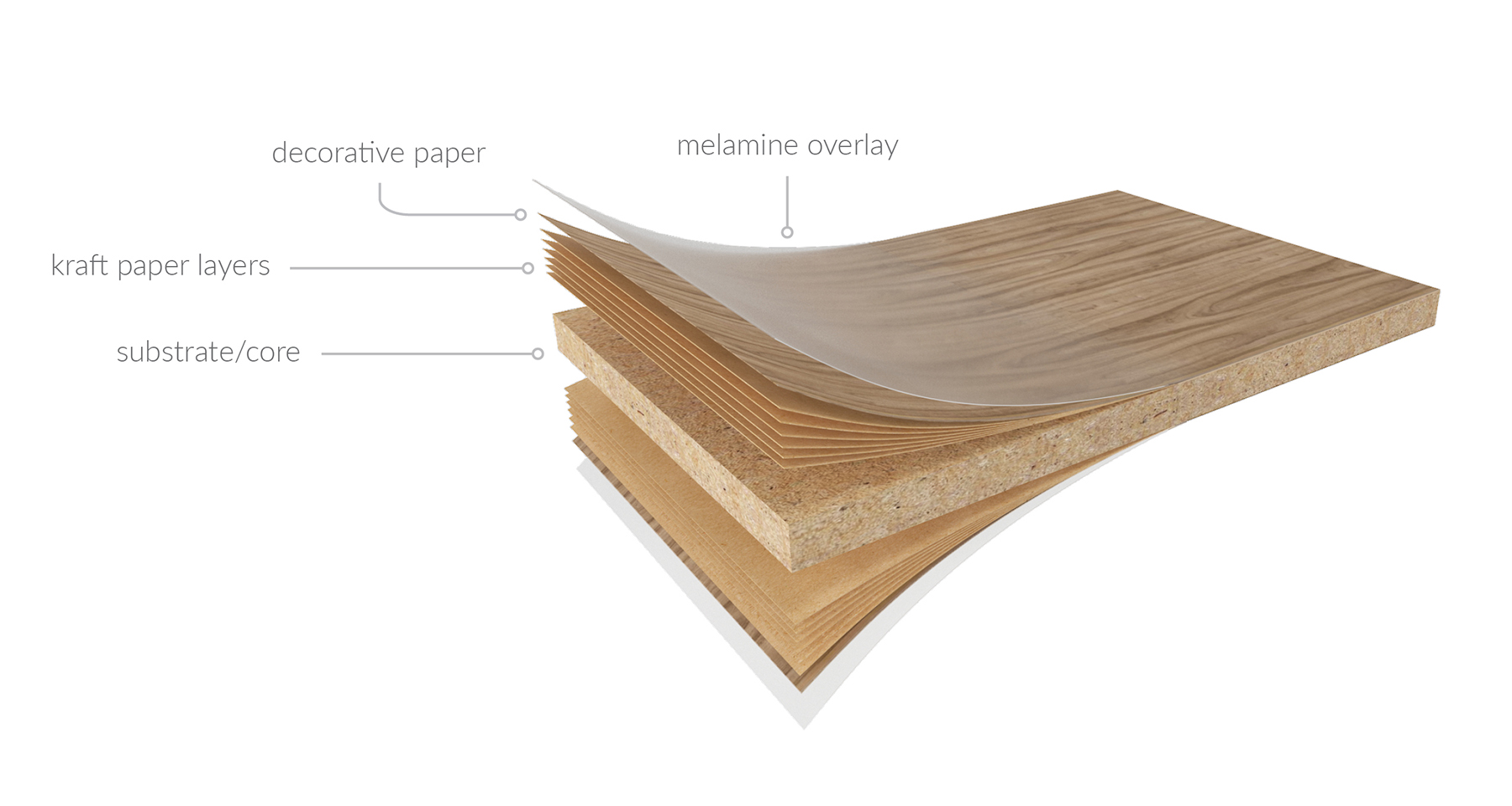Types of Paper Explained: A Glossary of Paper and Substrate Terms
Introduction
When it comes to the world of paper and substrates, there are numerous terms and jargon that can often leave us confused. From understanding different paper weights to knowing the right substrate for a specific project, having a glossary of terms can be immensely helpful. In this blog post, we will explore various types of paper and provide a comprehensive glossary of paper and substrate terms to assist you in navigating the vast paper industry.
1. Bond Paper
Bond paper is a type of writing paper that is commonly used for letters, documents, and business correspondence. It is typically made from rag pulp or wood pulp, giving it a smooth and durable texture. Bond paper is often used in laser and inkjet printers due to its high quality and excellent printability.
2. Coated Paper
Coated paper is a paper that has been treated with a coating material to enhance its surface properties. The coating can be made of clay, calcium carbonate, or other chemicals. This type of paper is commonly used for high-quality printing, such as brochures, catalogs, and magazines.
3. Newsprint
Newsprint is a low-cost, lightweight paper that is commonly used for printing newspapers. It is made from groundwood pulp, which gives it its characteristic rough texture. Newsprint is known for its ability to absorb ink quickly, making it suitable for high-speed printing presses.
4. Cardstock
Cardstock is a heavyweight paper that is thicker and sturdier than regular writing or printing paper. It is commonly used for making greeting cards, invitations, and other paper crafts. Cardstock is available in various colors and finishes, making it versatile for different creative projects.
5. Kraft Paper
Kraft paper is a durable and coarse paper that is made from wood pulp. It has a natural brown color and a rough texture. Kraft paper is commonly used for packaging, wrapping, and crafts. It is also an eco-friendly option as it is biodegradable and recyclable.
6. Tissue Paper
Tissue paper is a lightweight and delicate paper that is commonly used for gift wrapping, crafting, and decorative purposes. It is known for its softness and translucent appearance. Tissue paper comes in various colors and designs, adding a decorative touch to any gift or project.
7. Gloss Paper
Gloss paper is a type of coated paper that has a shiny and reflective surface. It is commonly used for printing high-resolution images and photographs due to its ability to enhance colors and details. Gloss paper is often used for magazines, posters, and promotional materials.
8. Matte Paper

Matte paper is a type of coated paper that has a non-reflective and smooth surface. It offers a more subdued and elegant look compared to gloss paper. Matte paper is commonly used for printing art prints, brochures, and documents where a more sophisticated appearance is desired.
9. Watercolor Paper
Watercolor paper is a specially designed paper that is used for watercolor painting. It has a heavy weight and a textured surface that allows watercolor paints to adhere and blend smoothly. Watercolor paper is often made from cotton fibers, providing strength and durability.
10. Specialty Paper
Specialty paper refers to a wide range of papers that are designed for specific purposes or unique applications. This category includes papers such as metallic paper, parchment paper, handmade paper, and more. Specialty papers offer distinct characteristics and are often used for special occasions or artistic projects.
Understanding the different types of paper and substrate terms can help you make informed decisions when choosing the right paper for your specific needs. From everyday writing paper to high-quality printing materials, each type of paper has its own unique properties and uses.
Summary
Understanding the different types of paper and substrates is essential for anyone working with printed materials or involved in the graphic design industry. This glossary aims to simplify complex terminology and provide a clear explanation of various paper and substrate terms. Wheth view er you’re a professional designer, a student, or simply interested in learning more about paper, this blog post will serve as a valuable resource.
-
- Q: What is bond paper?
- A: Bond paper is a type of durable and strong paper commonly used for letterheads, business forms, and documents.
-
- Q: What is coated paper?
- A: Coated paper is a type of paper that has been coated with a thin layer of material, such as clay, to improve its smoothness and printing quality.
-
- Q: What is recycled paper?
- A: Recycled paper is paper that is made from post-consumer waste, such as old newspapers and magazines, and processed to produce new paper.
-
- Q: What is cardstock?
- A: Cardstock, also known as cover stock, is a heavy-weight and sturdy paper often used for greeting cards, invitations, and book covers.
-
- Q: What is newsprint paper?
- A: Newsprint paper is a low-cost, lightweight paper commonly used for printing newspapers, flyers, and other disposable printed materials.
-
- Q: What is parchment paper?
- A: Parchment paper is a non-stick and heat-resistant paper typically used for baking, cooking, and wrapping food.
-
- Q: What is vellum paper?
- A: Vellum paper is a translucent and smooth paper often used in arts and crafts, as well as for tracing and drafting purposes.
-
- Q: What is tracing paper?
- A: Tracing paper is a thin and translucent paper that allows you to trace images, designs, or text onto other surfaces.
-
- Q: What is thermal paper?
- A: Thermal paper is a type of paper that is coated with a heat-sensitive layer, commonly used in receipts, tickets, and labels.
-
- Q: What is watercolor paper?
- A: Watercolor paper is a thick and absorbent paper specifically designed for use with watercolor paints, providing a textured surface for optimal paint control and blending.

Welcome to my website! My name is Logan Truscott, and I am a professional Vehicle Wrap Designer with a passion for all things related to printing and design. With years of experience in the industry, I have honed my skills and expertise to provide top-notch services to my clients.

